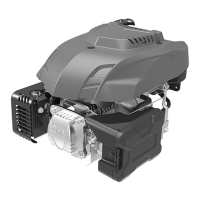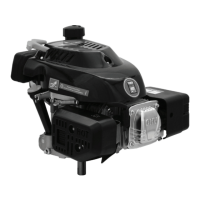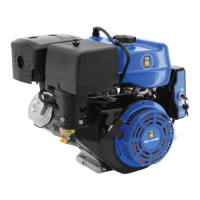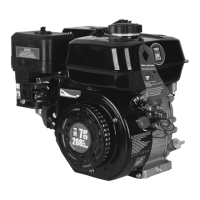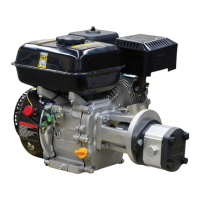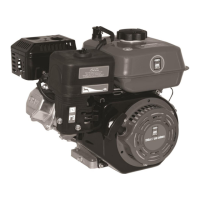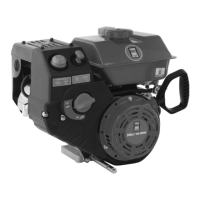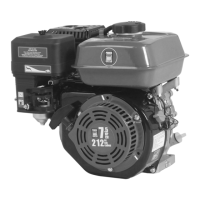Why does my Power Fist Engine lack power?
- DdavidrodriguezAug 5, 2025
If your Power Fist Engine lacks power, the issue might stem from a few common causes. Start by checking the filter elements; if they're restricted, clean or replace them. Stale fuel can also be a culprit; if you suspect this, drain the fuel tank and carburetor and refuel with fresh gasoline. If the problem persists, there may be a fuel filter restriction, carburetor malfunction, ignition malfunction, or stuck valves, which could require replacing or repairing faulty components.


